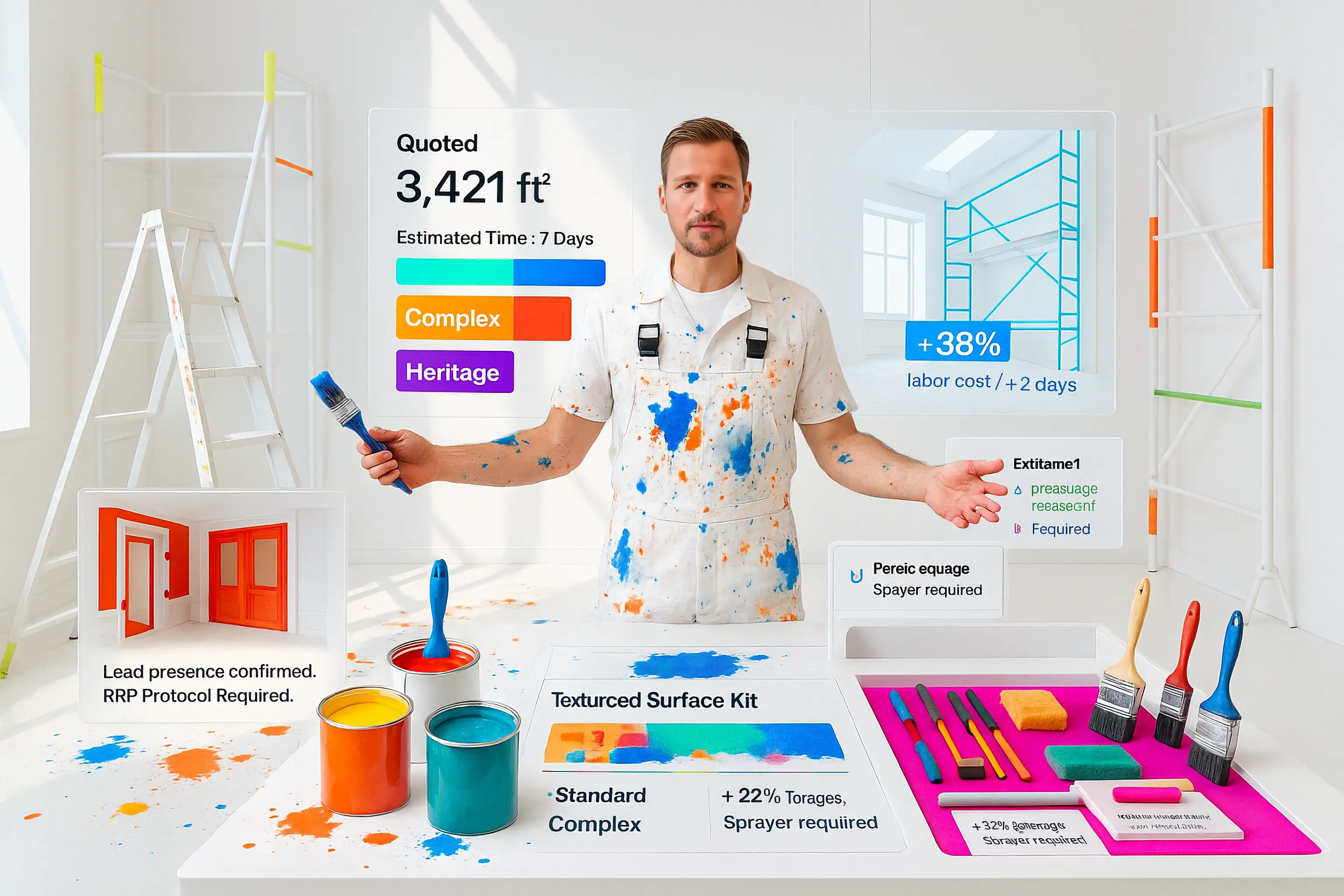
0:00 / 0:00
Quoting Difficult Paint Jobs: A UK Pro's Guide to Complex Scenarios
Quoting Difficult Paint Jobs: A Pro's Guide to Complex Scenarios
While any painter can quote a simple four-walled room, true profitability lies in mastering the complex jobs that send less experienced competitors running. Historic homes, soaring ceilings, and surfaces damaged by water or time are not just challenges—they are high-margin opportunities for the prepared contractor.
Successfully navigating these difficult quoting scenarios is what separates a professional painting business from a crew that just spreads paint. It requires a deep understanding of specialized techniques, safety protocols, equipment costs, and liability. Get it wrong, and you risk losing your shirt on a single project. Get it right, and you build a reputation for expertise that commands premium prices.
This guide provides a professional framework for evaluating, pricing, and managing the most common complex interior painting scenarios in the UK. We'll cover the specific challenges and pricing strategies for:
- Historic Homes and Lead Paint Abatement
- High Ceilings and Difficult Accessibility
- Textured Surfaces and Artex Ceilings
- Water Damage and Restoration
Mastering these scenarios means moving beyond simple estimates and developing a systematic approach to risk assessment and value communication. This not only protects your profits but also builds immense trust with clients, who will see you as a problem-solver, not just a painter.
Challenge 1: Historic Homes & Lead Paint Abatement
Quoting a home built before the mid-1980s is one of the most complex scenarios in the industry. It's a minefield of regulatory requirements, specialized skills, and significant liability. Simply put, lead paint changes everything, and your pricing must reflect the increased risk and expertise required.
The Lead Paint Factor: Costs and Compliance
Any property built before the 1980s should be presumed to contain lead-based paint, which was common in older homes. Proper handling is not optional—it's mandated by the Health and Safety Executive (HSE) under COSHH (Control of Substances Hazardous to Health) regulations.
- Increased Costs: Lead-safe work practices can add £8 to £17 per square metre to a project's cost. This covers containment (plastic sheeting), H-class vacuums, personal protective equipment (PPE), and proper disposal.
- Testing: Professional lead paint testing can cost £300-£600, an expense that should be factored into the initial assessment or quoted as a separate line item.
- Insurance: Your public liability insurance must include specific cover for work with hazardous materials like lead. This added premium is a direct overhead cost that must be covered in your pricing.
Pricing Different Remediation Strategies
Your quote must account for the specific remediation method required:
- Encapsulation: The most cost-effective option (£4-£8/sq m), this involves coating the lead paint with a special encapsulant. It's only suitable for surfaces that are in good, non-flaking condition.
- Manual Removal: Using methods like wet sanding or chemical stripping followed by H-class vacuum cleanup is more expensive (£8-£17/sq m) but provides a permanent solution.
- Demolition/Replacement: For severely damaged surfaces like window sills or trim, removal and replacement can cost £1,000-£15,000 but is often the best long-term solution.
Beyond Lead: Other Historic Home Challenges
Historic homes often have other issues that impact the quote, such as delicate lime plaster walls, horsehair plaster, and strict conservation area requirements for colours and finishes. Your quote must account for the meticulous prep work and specialized materials these surfaces demand.
Challenge 2: High Ceilings and Difficult Surfaces
Jobs involving accessibility issues or difficult surfaces require more than just extra time—they demand specialized equipment, enhanced safety protocols, and different application techniques, all of which must be reflected in your price.
Pricing for Height and Accessibility
Working at height is inherently slower and more dangerous. Your pricing must account for these factors.
- The Height Markup Rule: A standard rule of thumb is to add 10-15% to the project cost for each half-metre of ceiling height above 3 metres. A 4.5-metre ceiling could therefore warrant a significant markup over a standard 2.4-metre ceiling job.
- Equipment Costs: Factor in the hire, transport, and erection/dismantling time for scaffolding towers, articulating lifts, or specialized high-reach ladders. This is a direct job cost.
- Reduced Productivity & Safety: Labour hours will be higher due to the time spent moving equipment and implementing safety measures (e.g., fall arrest systems). Build in a 25-50% increase in your estimated labour for high-reach areas.
Quoting for Textured Surfaces (Artex)
Textured walls and ceilings, especially Artex, are notorious for consuming extra time and material.
- Increased Material Usage: Textured surfaces have a larger surface area and can require 15-25% more paint than a smooth wall of the same dimensions.
- Specialized Application: You'll need longer pile rollers (10-13mm), and achieving uniform coverage without damaging the texture takes more skill and time.
- Asbestos Risk: Artex applied before 2000 may contain asbestos. You must either have it tested or assume it's present and use appropriate safety protocols, which adds significant cost and complexity. Never sand or scrape it without testing.
Challenge 3: Quoting Water Damage and Restoration Work
Water damage is never just a surface issue. A simple stain on a ceiling often points to deeper problems like moisture, rot, or mould. Quoting this work requires a diagnostician's eye.
Assessing the Full Scope
Your quote must account for a multi-step restoration process:
- Identify and Stop the Source: While not your job to fix the leak, you must ensure the source is repaired before you begin work.
- Address Mould and Mildew: Any visible mould must be properly treated with a fungicidal solution. This requires specific safety gear and processes.
- Prime with Stain-Blocker: A high-quality, shellac-based or oil-based stain-blocking primer is non-negotiable to prevent the stain from bleeding through the new paint. This is a premium material.
- Repair Damaged Surfaces: This could involve replacing sections of plasterboard or skimming plaster, which requires more time and skill than standard filling.
Due to the unknown variables and multi-step process, water damage restoration work should be priced at a significant premium, often 25-75% higher than a standard repaint for the affected area.
Frequently Asked Questions
Citations & Sources
Ready to Transform Your Painting Business?
Join the revolution in professional painting quotes
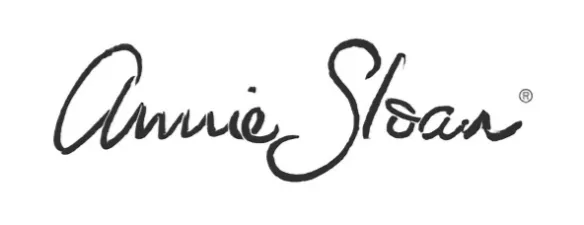


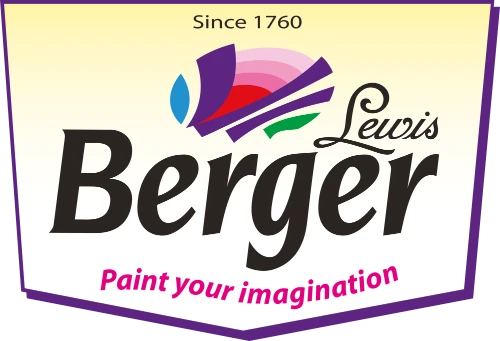


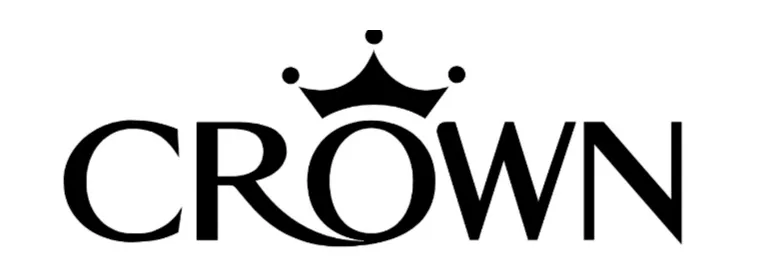

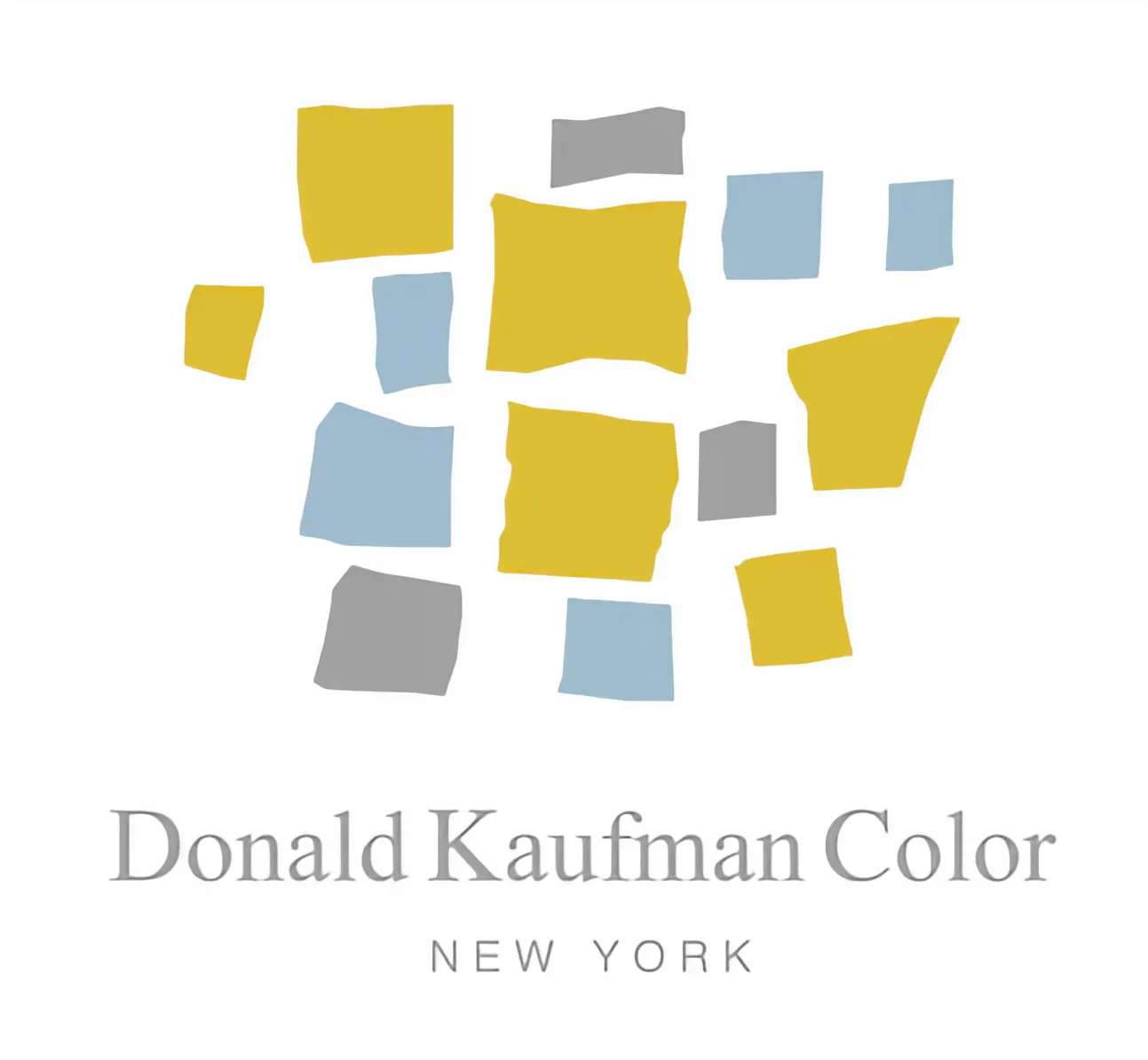
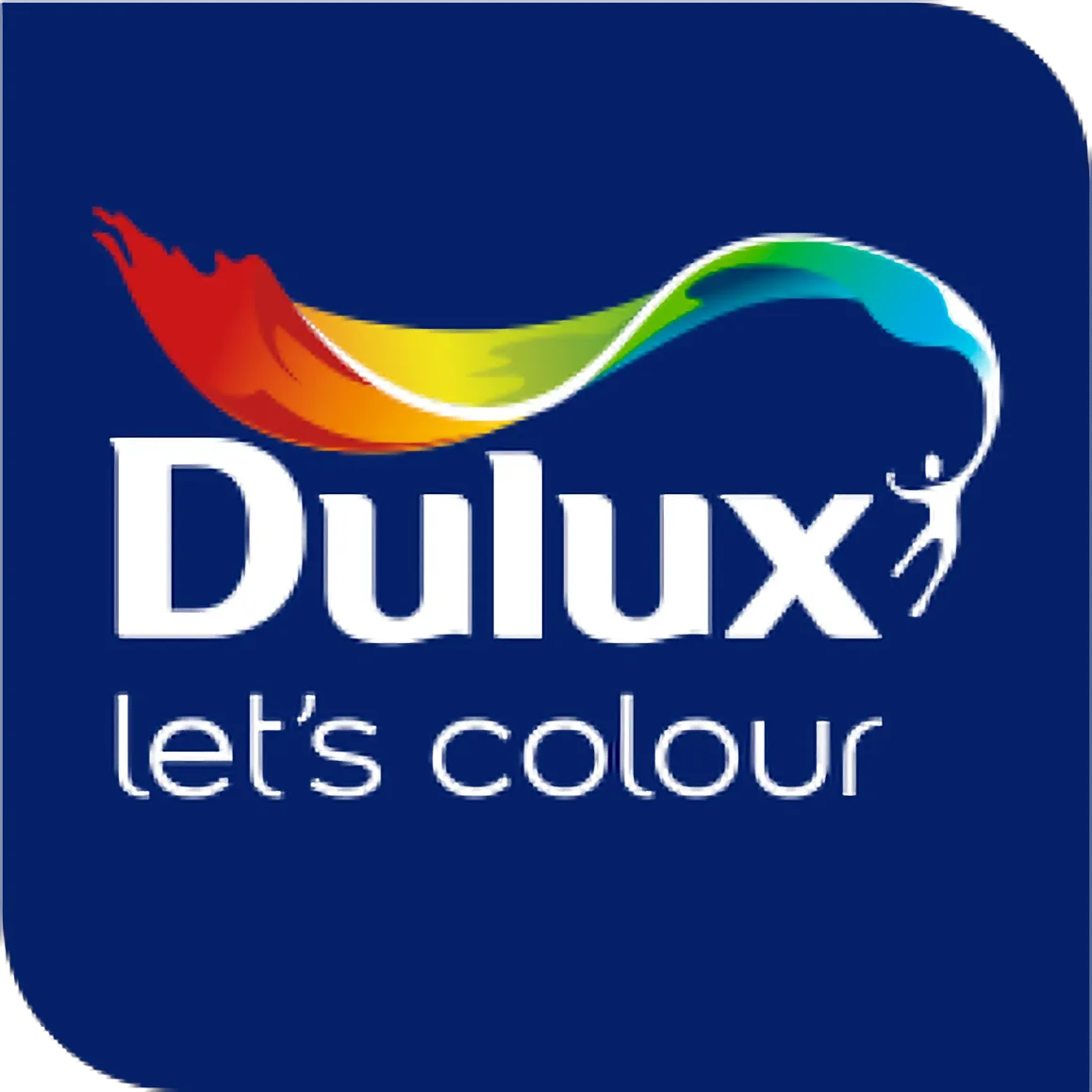


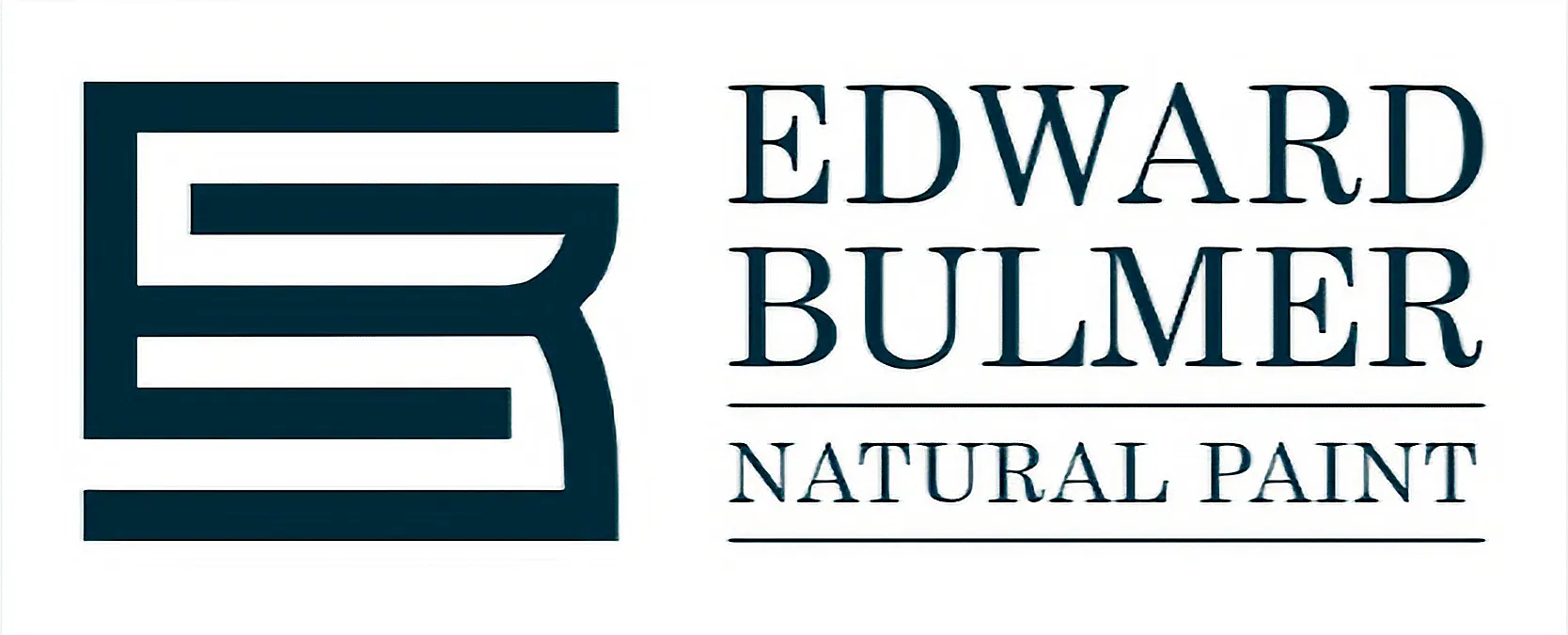
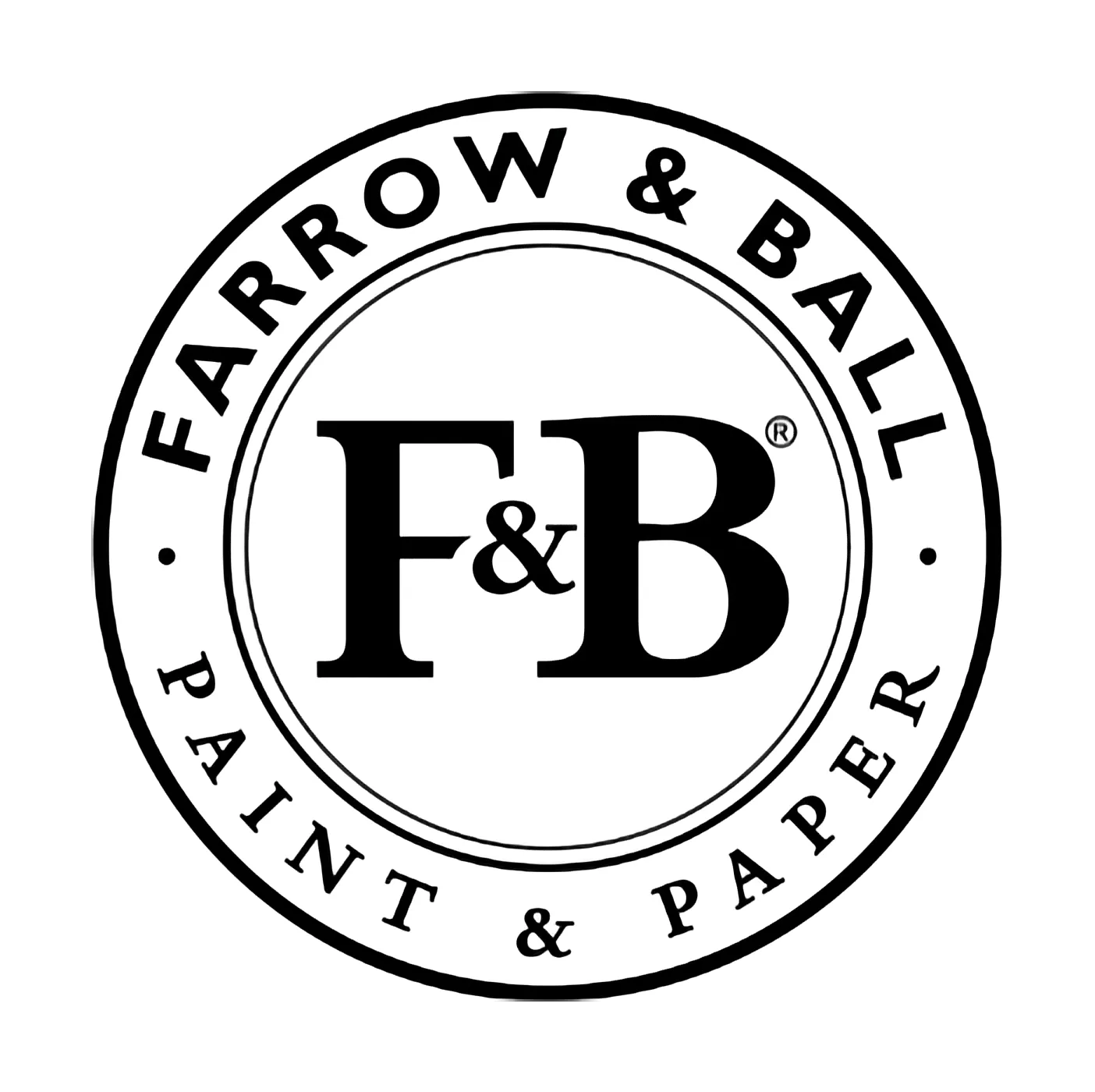


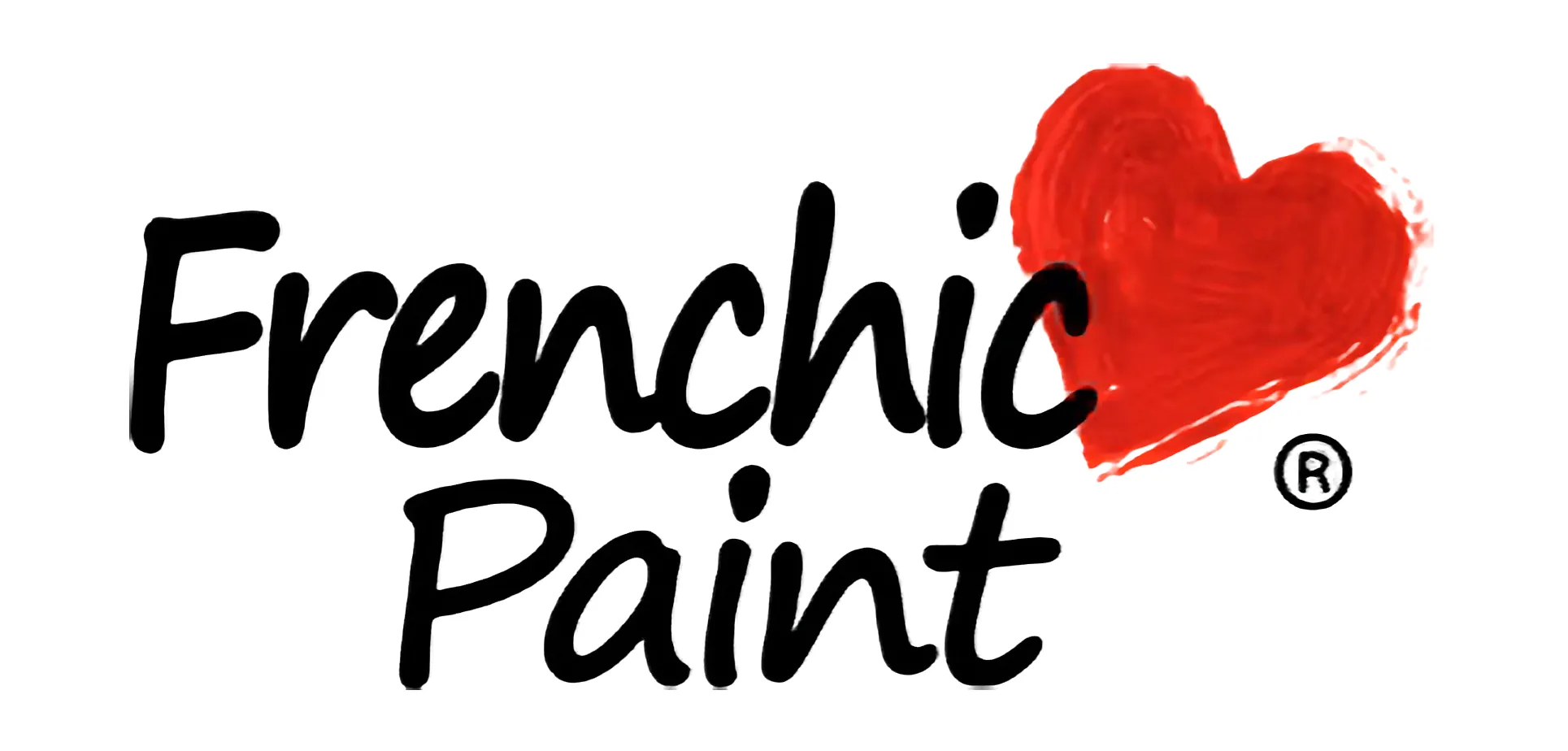

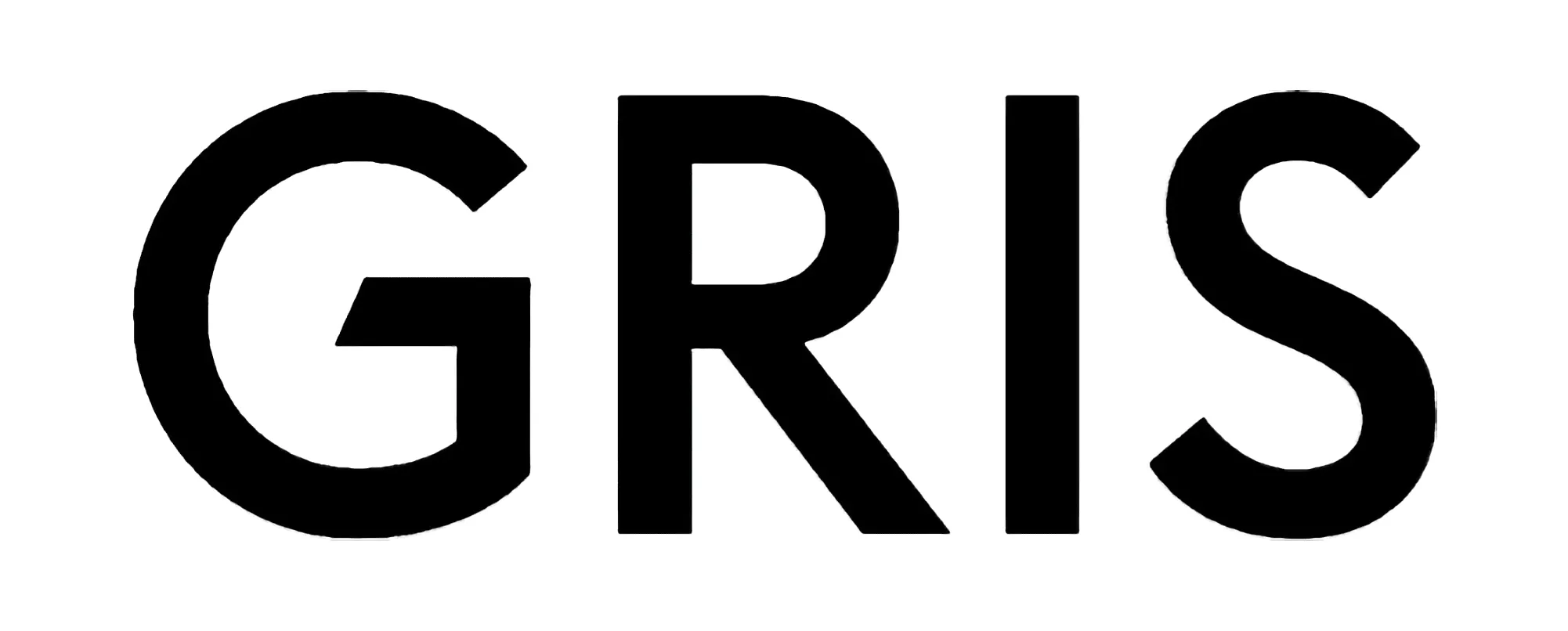
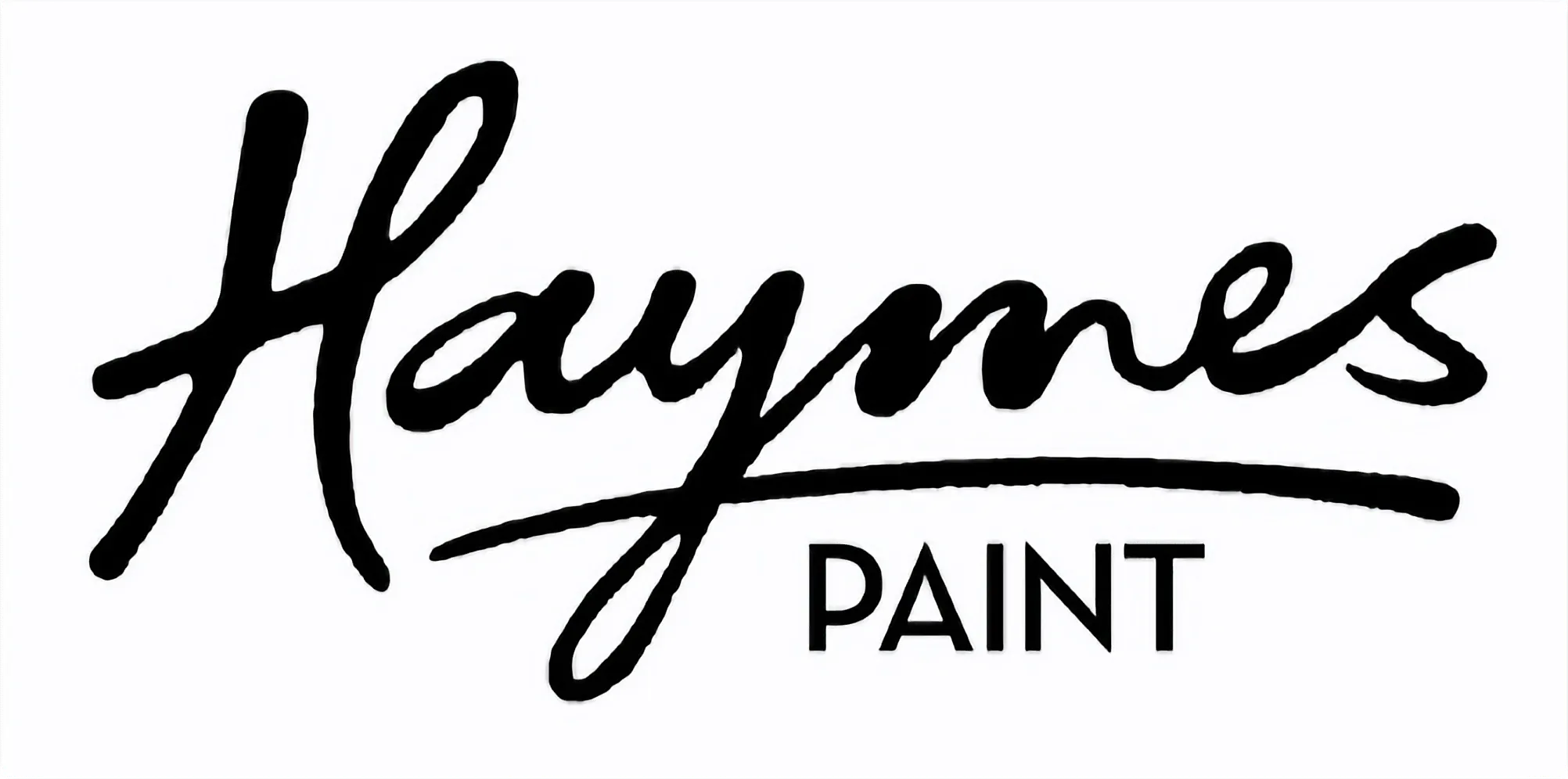

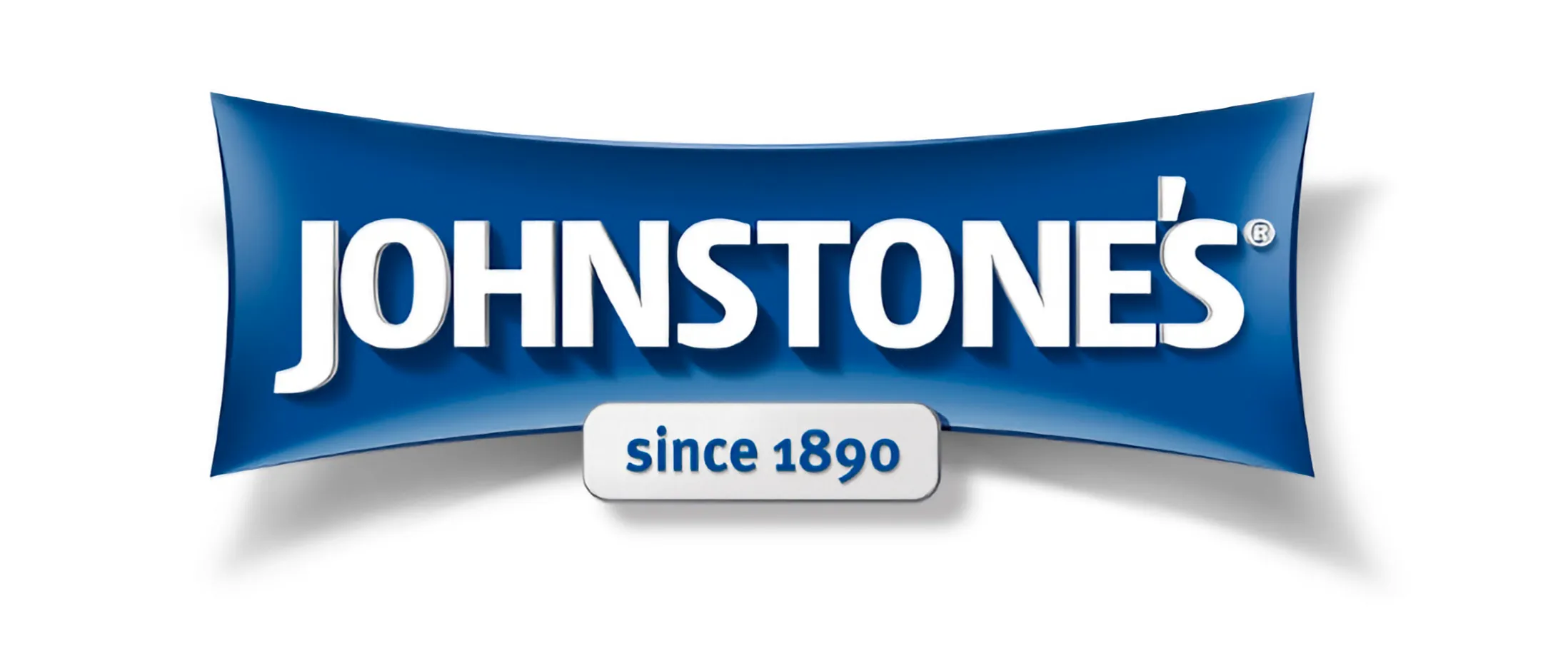





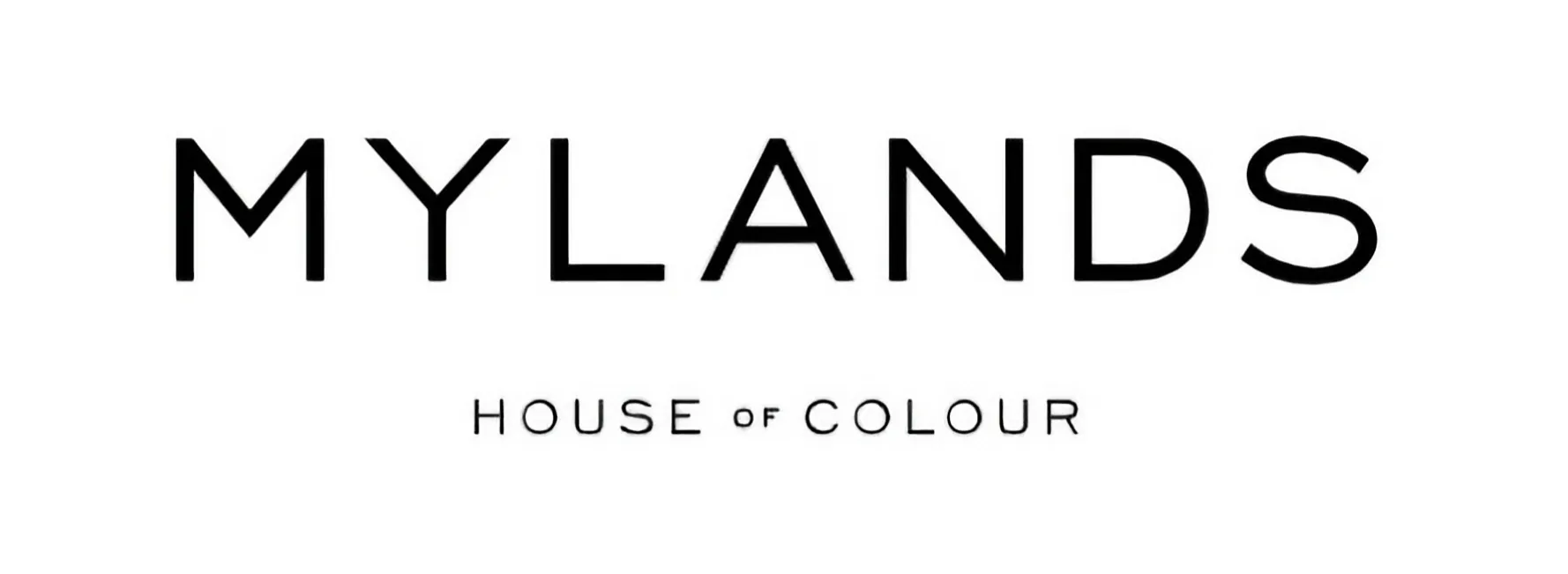




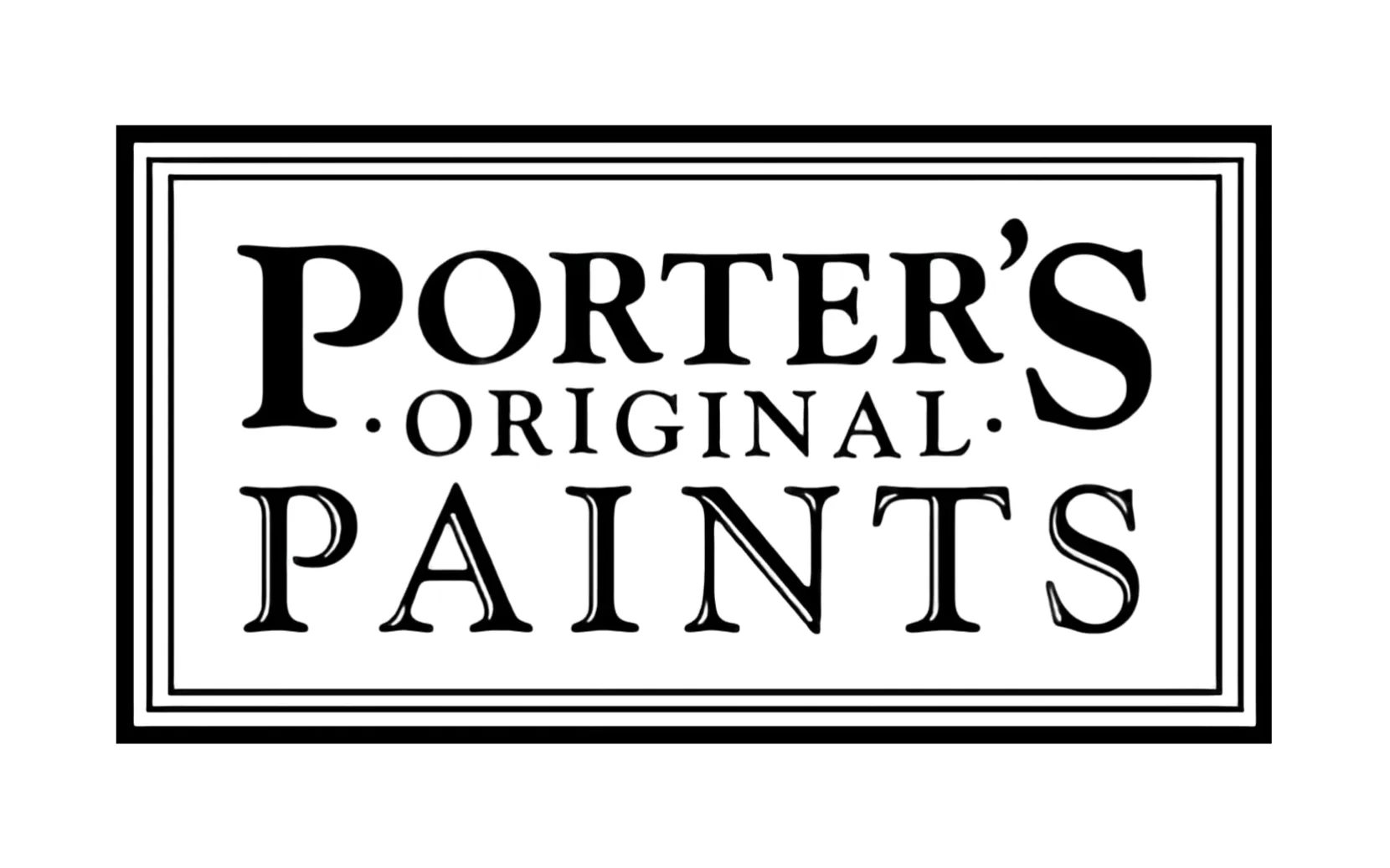








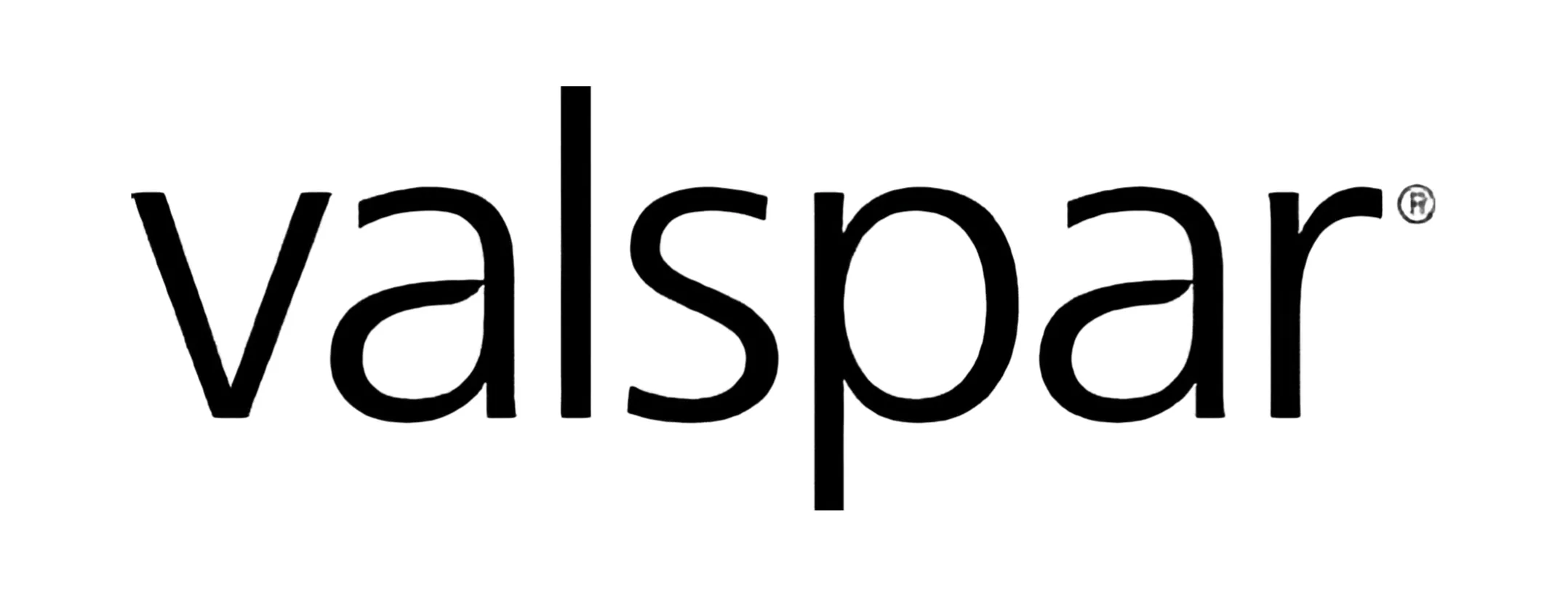
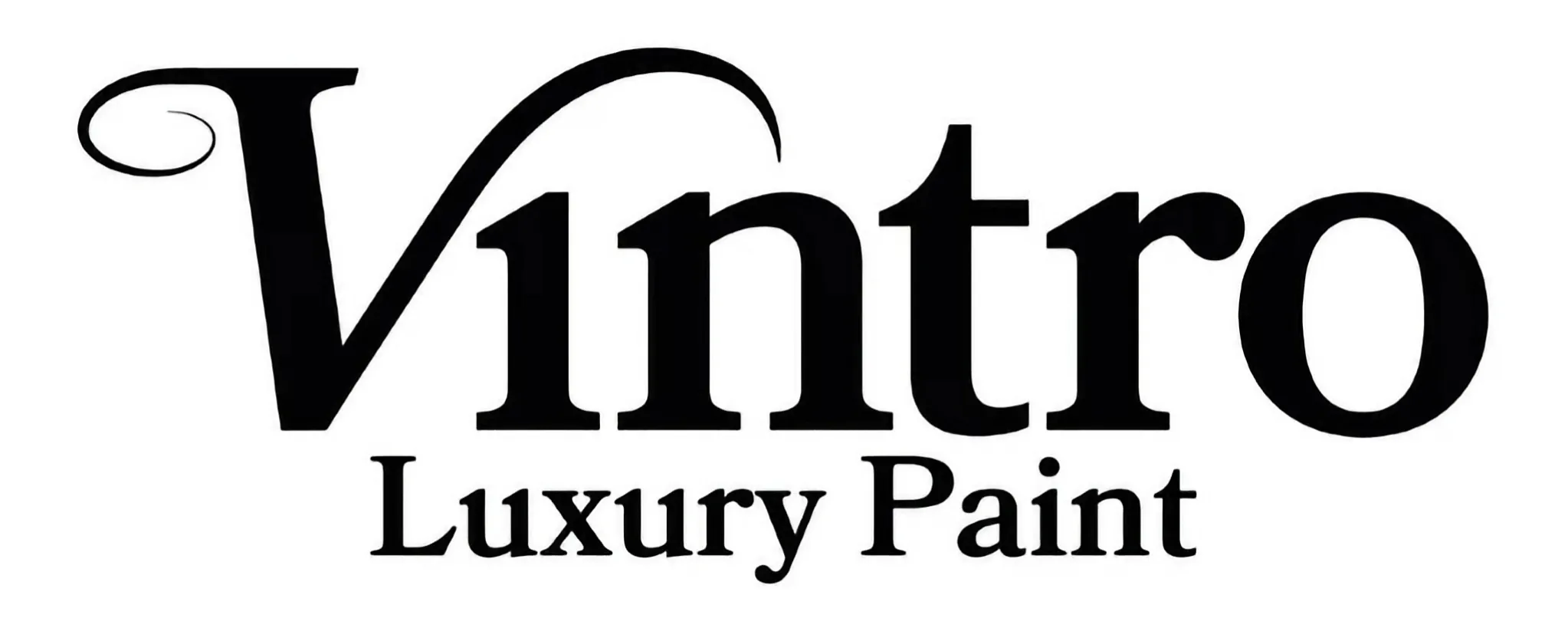

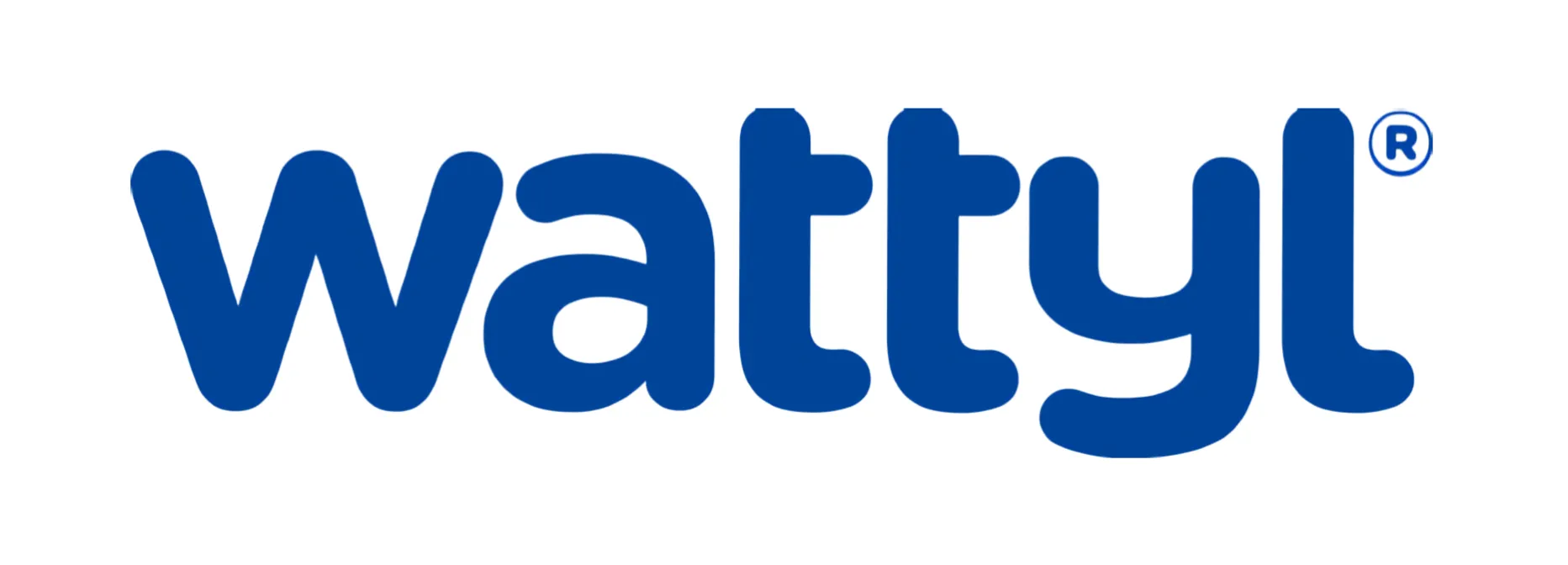

















































Stay Updated
Get industry insights, feature updates, and growth tips delivered to your inbox.
© 2025 PaintQuote Pro. All rights reserved.
Payments securely processed by Stripe


